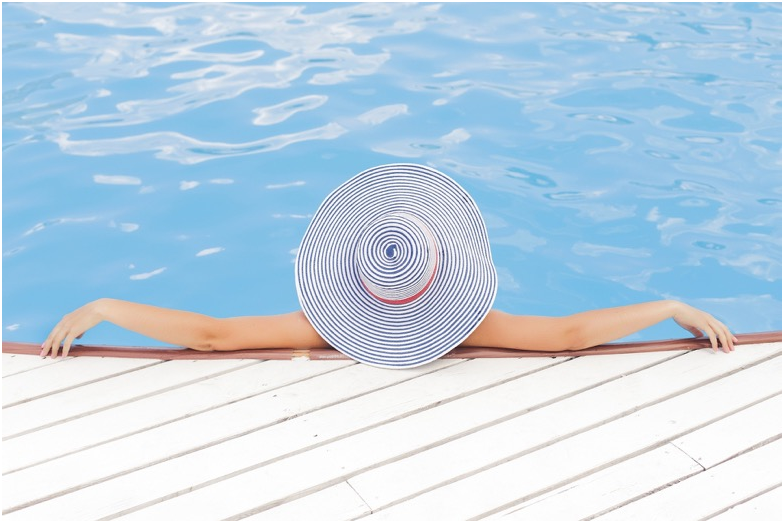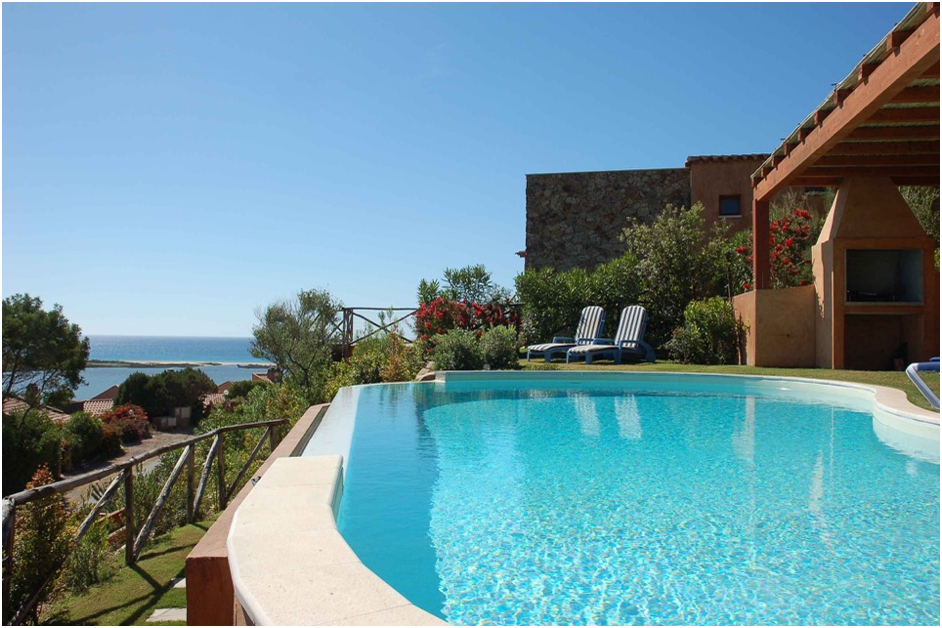Summer will be here before we know it, which for a lot of people means one thing in particular – it’s pool season. Your pool may have been a little neglected this Winter so here’s what you need to know to get it into shape. There’s nothing better than beating the heat by doing a few laps in the pool, relaxing in the water in the evening, or sitting by the side of the pool with a cold drink and a book and enjoying the sun.
For those who are new to the world of pool ownership, now is the perfect time to explore some of the different aspects and options you have as a new pool owner. Pool party? Backyard cookout? The world, or, at least, your pool, is your oyster.
Of course, having a pool isn’t all fun, games, and water sports. Making the most of your pool doesn’t just mean relaxing in the sun. It also means keeping it clean, clear, and healthy, so you can be sure to have great pool experience every time without worrying about dirt, obstructions, or microorganisms getting in the way.
Here is a rundown of some of the essential steps you should be taking as a new homeowner to keep your pool in good quality.
Pool Maintenance – A Beginner’s Guide

Circulation
One of the most fundamental aspects of a healthy pool is to make sure it has good circulation. Stagnant water, after all, is proverbially bad news, so it is essential to ensure the water in your pool has a clear and unobstructed flow.
The first and most important puzzle piece you will need to get in place is the pool’s pump. The pump does the basic essential work of physically moving the water through pool filter to clear it of physical contamination like sediment, dust, or other debris, before pumping it back through into the pool.
Pool Pump Usage
For the most part, pumps are self-explanatory and straightforward to use. Obviously, every pool is different, so the specific amount of time you will need to run your pump will vary from pool to pool. For an exact set of numbers, it is probably best to consult with a pool specialist who can provide you with guidance. Generally, it is best to run the pump for one hour per 10 degrees of water temperature. As with any mechanism, of course, pumps aren’t infallible, so it’s important to have a handle on some of the issues that can arise with your pool pump, as well as what to do about them.
Pool Pump Maintenance
Pumps are self-priming, so they will not need to be filled with water before use. However, the pump’s strainer basket will generally require regular cleaning, probably about once a week. Using a garden hose to rinse out the basket is a good approach; it is generally best to let the basket dry before replacing it or to have a spare basket and alternate them between cleanings.
When cleaning the basket, check for any damage or signs of deformation. During this process, it is also recommended to check the pump housing, specifically the sealing O-ring or gasket. If this is damaged or loose the pump won’t function correctly.
Filtration
After circulation, an essential aspect of pool quality and maintenance is pool filtration. No matter where you live or how careful you are, your pool will end up with some detritus in it. This means you need a good pool water filter.
Pool Filter Usage
Depending on your pool, there are multiple options for filter types. Some of the most common and efficient for a residential setting are depth filters with replaceable cartridges. Concerning circulation, it may be worth checking with a professional to find out the optimal method to ensure your pool stays clean. For the majority of pool owners, though, a standard cartridge-based depth filter will do the job.
Pool Filter Maintenance
In most cases, pool filters do not require regular cleaning. In fact, a slightly dirty filter is often more effective than a completely clean one. This is because the particles of dirt in the filter will help to trap more particles out of the water as it is pumped through the filter. That being the case, you may need to change your filter anywhere from once a month to three or four times a year.
However, it is still necessary to check your filter reasonably often to make sure it is still clean enough to function. One of the best ways is to check the pressure gauge and the flow meter. Because one of these is positioned on the flow line into the pressure, and the other on the line out of it, a noticeable difference between them is a strong indication that the filter needs cleaning or changing. Generally, a pressure difference of 10-15 pounds psi means the filter needs cleaning.
Methods for cleaning the filter vary depending on the type. For a cartridge filter, simply removing the cartridge and rinsing it out thoroughly with a garden hose and then soaking it in detergent is normally sufficient. For a sand filter, the best way is to backwash. Turn off the filter, then circulate water back through the sand for roughly ten minutes. For a diatomaceous earth (DE) filter, backwashing is recommended again. After this, add more diatomaceous earth to the skimmers so the water can re-coat it.
Heating
Pool heating is one of the simplest aspects of pool maintenance overall. Gas heaters generally won’t require professional inspection for at least a year, and electric heaters can last longer than that. For those living in warmer climates, you may just use the sun for your heating requirements!
Pool Heater Maintenance
One of the more common reasons why a pool heater is functioning incorrectly can be calcium scale build up in the heater’s tubes, which can restrict the flow of water. In this case, the best approach is to have a pool heating maintenance professional take your heater apart and then clean the scales off the tubes using a solvent or a scrubbing implement.
Water Balance and Sanitization
Depending on your location and environment, the chemical makeup of your water may vary significantly. It is generally best to check the water regularly using testing strips. Testing the water 2-3 times a week in the summer and once a week in the winter is the recommended rate.
If you aren’t sure what the correct balance of your water should be, the best way is to test it using a testing strip and take the results to a pool professional.

It can seem daunting at first, but in fact, pool maintenance is quite straightforward. If you have a problem with your pool, the most important thing to do is to identify what, specifically, is the cause of that problem. Is it filtration? Circulation? Water balance? After all, knowing the source of the issue is the first and most important step to fixing it. Once you’ve dealt with that, you’ll be ready to relax by the pool and enjoy the rest of the summer.
















.png&w=70&h=70&zc=1&q=70&a=c)








